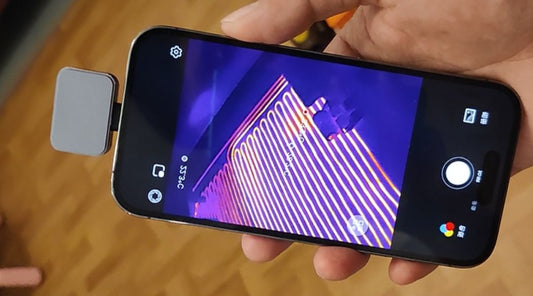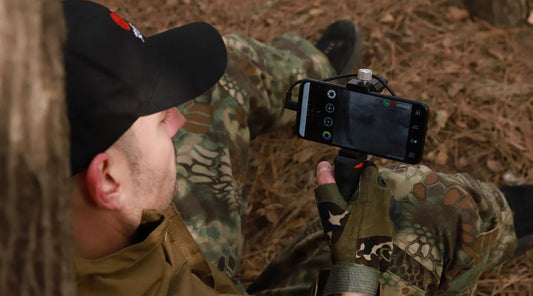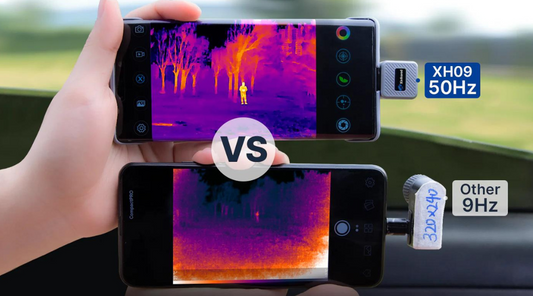Safe Circuits by Load Evaluation Made Easier with Thermal Imaging
In today's rapidly evolving world, ensuring the safety of electrical circuits is paramount. Whether in residential, commercial, or industrial settings, faulty circuits can pose serious risks ranging from property damage to life-threatening situations. One crucial aspect of maintaining circuit safety is load evaluation, which involves assessing the electrical load on a circuit to prevent overloading and potential hazards. Traditionally, this process has been complex and time-consuming, but thanks to advancements in thermal imaging technology, load evaluation has become much simpler and more efficient.

Introduction: The Importance of Circuit Safety
Before delving into the role of thermal imaging in load evaluation, let's understand why circuit safety is so critical. Electrical circuits power our homes, businesses, and industries, providing the energy needed to run various devices and equipment. However, when circuits are overloaded or improperly configured, they can overheat, leading to fires, equipment damage, and even electric shocks. Therefore, ensuring the safety and reliability of circuits is essential to protect both property and human lives.

Understanding Load Evaluation
Load evaluation is the process of assessing the electrical load on a circuit to ensure it operates within its designed capacity. Factors such as the type of electrical devices connected, their power requirements, and the circuit's rating must be considered during this evaluation. Traditionally, load evaluation involved manual calculations and measurements, which were time-consuming and prone to errors. However, with thermal imaging technology, this process has been revolutionized.
Thermal Imaging: A Game-Changer in Load Evaluation
Thermal imaging utilizes infrared technology to visualize and analyze temperature variations in electrical components. By detecting hotspots and areas of elevated temperatures, thermal cameras can identify potential issues such as overloaded circuits, loose connections, and faulty components. Unlike traditional methods that rely on visual inspections or manual measurements, thermal imaging provides real-time data and allows for proactive maintenance.

Implementing Thermal Imaging for Safe Circuits
Implementing thermal imaging for load evaluation is relatively straightforward. Specialized thermal cameras are used to capture images of electrical panels, distribution boards, and other components. These images are then analyzed to identify any anomalies or areas of concern. By regularly conducting thermal inspections, electrical professionals can detect problems early on and take corrective action before they escalate into serious issues.
Case Studies and Success Stories
Numerous case studies demonstrate the effectiveness of thermal imaging in load evaluation. For example, a manufacturing facility experienced frequent circuit failures due to overloading. By conducting thermal inspections, engineers identified several overloaded circuits and redistributed the load, preventing further incidents. Similarly, a commercial building detected a loose connection in an electrical panel using thermal imaging, averting a potential fire hazard.

Future Trends and Innovations
Looking ahead, the future of load evaluation lies in further advancements in thermal imaging technology. Innovations such as augmented reality overlays and predictive analytics will enhance the capabilities of thermal imaging cameras, making load evaluation even more efficient and accurate. Additionally, integration with smart building systems and IoT devices will enable real-time monitoring and remote diagnostics, further improving circuit safety.
In conclusion, thermal imaging has revolutionized load evaluation, making it easier and more effective than ever before. By leveraging the power of infrared technology, electrical professionals can identify and mitigate potential hazards, ensuring the safety and reliability of circuits in various applications. As we continue to embrace advancements in thermal imaging, we can look forward to safer and more efficient electrical systems.




